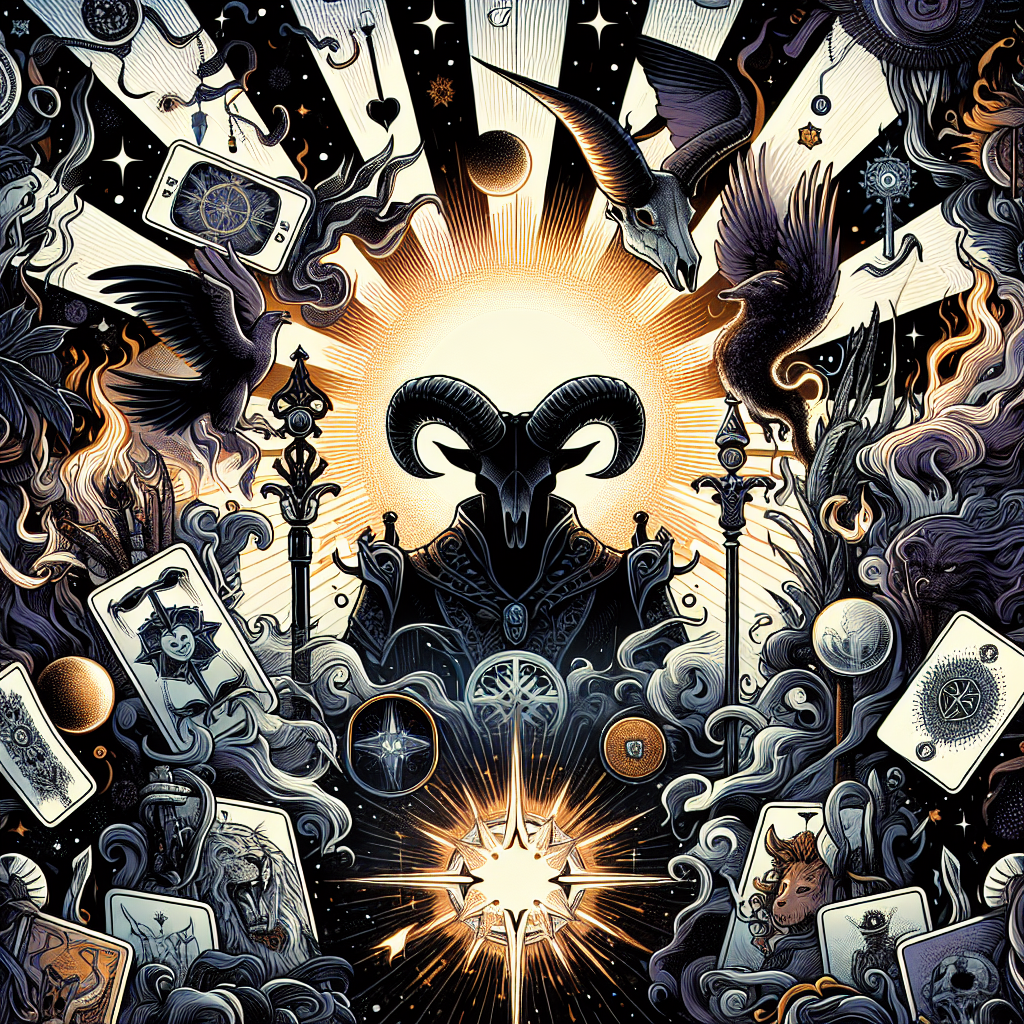
History of Tarot: Origins and Evolution.
Imagine unraveling the mysteries of the future or reflecting on the present with a deck of richly illustrated cards. This is the essence of Tarot, a practice that spans centuries and cultures, remaining to this day a tool for introspection and divination. But where does this enigmatic tradition come from? The history of Tarot is a tapestry woven with threads of myths, art, and symbolism, stretching from medieval Europe to modern times.The origins of Tarot are shrouded in mystery, with historians pointing to the 15th century in Europe as the cradle of these cards. Initially, Tarot was not used for divination, but rather as a card game called 'tarocchi', popular among the Italian nobility. The cards were hand-painted, making them objects of luxury and art. Over time, Tarot spread to France and other European countries, where it began to be associated with magic and mysticism.
It was in the 18th century that Tarot gained a new dimension with the publication of 'Le Monde Primitif' by Antoine Court de Gébelin. He claimed that the cards had Egyptian origins and that the symbols of Tarot were directly linked to the wisdom of the ancients. Although this theory has been widely discredited, it contributed to the mystical aura of Tarot and stimulated its use as a divination tool. From there, Tarot was incorporated into esoteric and occult practices, with figures like Eliphas Lévi and later Aleister Crowley contributing to its symbolic evolution.
The Tarot consists of 78 cards, divided into two groups: the Major Arcana and the Minor Arcana. The 22 Major Arcana are the most emblematic cards, representing major archetypes and life lessons, while the 56 Minor Arcana resemble a regular deck, addressing more everyday aspects. Each card is a world unto itself, with images that speak to the subconscious and evoke varied interpretations.
In the 20th century, Tarot experienced a revival, especially with the emergence of the Rider-Waite-Smith Tarot, created by Arthur Edward Waite and illustrated by Pamela Colman Smith. This deck became one of the most popular and accessible, with symbolic images that are easy to interpret, even for beginners. Tarot then became a tool for self-knowledge, with many seeking guidance from the cards for personal and spiritual orientation.
Today, Tarot continues to fascinate and be reinterpreted in countless versions, from traditional to contemporary, reflecting the cultural and artistic diversity of its practitioners. Whether as a means of introspection or as a form of art, Tarot maintains its relevance, proving that even in an increasingly digital world, there is room for mystery and for ancient wisdom. The history of Tarot is a reminder that, in every era, humans seek to understand themselves and the universe around them, and this quest is as timeless as the cards themselves.
Try it